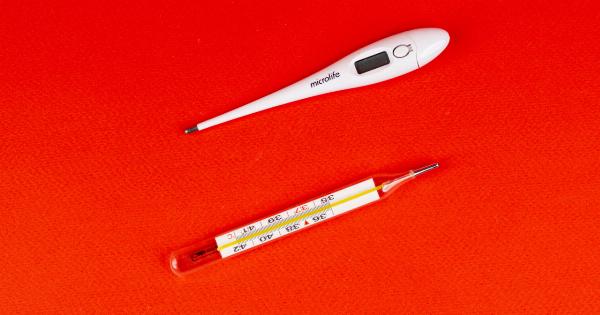Moisture is a common issue that many homeowners face. While it may seem harmless, excessive moisture in the home can lead to a range of health hazards.
In this article, we will explore the various health risks associated with moisture in the home and provide some effective solutions to keep your living space safe and healthy.
1. Mold and Mildew Growth
One of the most common health hazards associated with excess moisture in the home is the growth of mold and mildew.
These fungi thrive in damp and humid environments and can release spores into the air, leading to respiratory issues and allergies in susceptible individuals.
2. Respiratory Problems
Prolonged exposure to mold spores and damp conditions can exacerbate existing respiratory conditions such as asthma and allergies. The allergens released by mold can trigger symptoms like coughing, wheezing, and shortness of breath.
3. Increased Risk of Infections
A moist environment provides an ideal breeding ground for bacteria and viruses. Living in a home with excessive moisture levels can increase the risk of respiratory infections, skin infections, and other illnesses.
4. Dust Mites
Dust mites are microscopic insects commonly found in areas with high humidity. They feed on dead human skin cells and thrive in humid environments.
Dust mite droppings can trigger allergies and asthma symptoms, including sneezing, itching, and watery eyes.
5. Structural Damage
Moisture can also wreak havoc on the structural integrity of your home. Excess moisture can lead to wood rot, decay, and degradation of building materials, compromising the stability of your walls and foundation.
6. Odor and Musty Smells
A damp and musty-smelling home is not only unpleasant but can also indicate the presence of mold or mildew. These odors can linger and affect the overall indoor air quality, leading to discomfort and potential health issues.
7. Stains and Discoloration
Excessive moisture can cause stains and discoloration on walls, ceilings, and fabrics. These unsightly marks can be difficult to remove and may require expensive repairs or replacements.
8. Allergic Reactions
Individuals who are already prone to allergies may experience heightened symptoms in a moist environment. These reactions can include skin rashes, itching, hives, and eye irritation.
9. Asthma Aggravation
Asthma sufferers may find their symptoms worsen in a damp home. The increased humidity can trigger asthma attacks and lead to more frequent use of rescue inhalers and medications.
10. Increased Energy Consumption
Moisture can make your home feel colder and damp, leading to the constant need for heating. This can significantly increase your energy consumption and ultimately result in higher utility bills.
Solutions for Moisture Control
Now that we have explored the various health hazards associated with excessive moisture in the home, let’s discuss some effective solutions to keep your living space safe and healthy.
1. Proper Ventilation
Ensure your home is adequately ventilated, especially in high-moisture areas like bathrooms and kitchens. Install exhaust fans and open windows regularly to promote air circulation and reduce humidity levels.
2. Use Dehumidifiers
Invest in a dehumidifier to remove excess moisture from the air. This is particularly beneficial in basements and other areas prone to dampness. Regularly empty and clean the dehumidifier to prevent the growth of mold and bacteria.
3. Fix Water Leaks
Regularly check for and repair any water leaks in your plumbing system, roof, or windows. Water leaks can quickly lead to moisture problems and should be addressed promptly.
4. Insulate and Seal
Proper insulation and sealing can prevent moisture from entering your home. Ensure that windows, doors, and other vulnerable areas are properly sealed to keep excess moisture out.
5. Monitor Humidity Levels
Invest in a hygrometer to monitor the humidity levels in your home. Aim for humidity levels between 30-50%, as this range is less conducive to mold growth and other moisture-related issues.
6. Clean Regularly
Regular cleaning helps prevent the buildup of dust, mold, and allergens in your home. Vacuum carpets and upholstery regularly and use mold-resistant cleaning products to keep surfaces clean and dry.
7. Use Air Purifiers
Air purifiers with HEPA filters can help remove airborne contaminants, including mold spores and allergens. This can significantly improve indoor air quality and reduce the risk of respiratory issues.
8. Dry Wet Areas Immediately
Whether it’s a spill, a leak, or excess condensation, be sure to dry wet areas promptly. Use fans or dehumidifiers to speed up the drying process and prevent lingering moisture.
9. Remove Mold and Mildew
If you spot any mold or mildew growth in your home, it’s essential to remove it as soon as possible. Wear protective gear and use appropriate cleaning solutions to safely eliminate the fungi.
10. Professional Remediation
If moisture issues persist or you suspect extensive mold growth, it’s best to seek professional help. Experienced remediation specialists can assess the situation, identify the source of moisture, and provide effective solutions.































